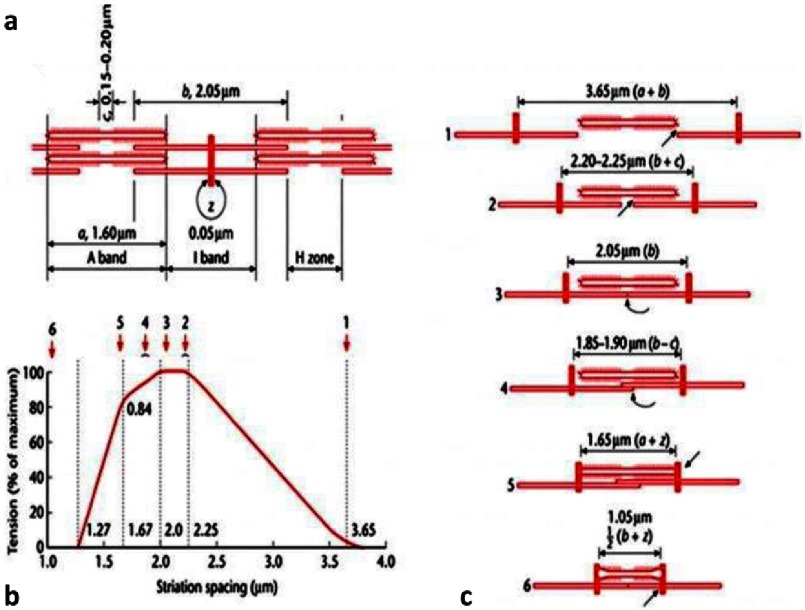Figure 15. The active tension produced by the muscle at different sarcomere lengths (from Gordon et al., 1966[p]).
If the myosin heads or crossbridges act as independent force generators, then, as the sarcomere length (S) is increased and the overlap of the actin and myosin filaments reduces (b), the tension produced by the muscle should gradually reduce in proportion to the overlap. A linear reduction in tension was observed as the sarcomere length changed from about 2.2 µm to about 3.6 µm (labelled as (1)). Since the actin filaments are about 1 µm long (a) and separated by an estimated Z-band thickness of 0.05 µm, and since the myosin filament length is about 1.6 µm, it would be expected that there would be zero overlap and hence zero tension when S is greater than or equal to 3.65 µm (=1.6 μm + 1.0 μm + 1.0 μm + 0.05 μm). As the sarcomere length is reduced the overlap will gradually increase until the two bridge regions of the myosin filaments are fully overlapped by actin. This will occur at a sarcomere length of about 2.25 µm (2 × 1.0 µm for the actin filaments plus 0.05 µm for the Z-band, plus the size of the bare zone of be about 0.2 µm, labelled as (2)). As summarised in (c), reduction of S below this value would not increase the number of interacting crossbridges any further so there will be an active tension plateau as observed between 2 and 3 µm. After this there are complications to the simple analysis; first the actin filaments meet the M-band, then there is overlap of anti-parallel actin filaments, the actin filaments then start overlapping myosin bridge regions with the wrong polarity in the other half of the A-band, and finally the myosin filaments bump up against the Z-bands, so the observed tension gradually reduces below S = 2.0 μm. Adapted from Gordon et al. (1966)[t] and reproduced with permission.

